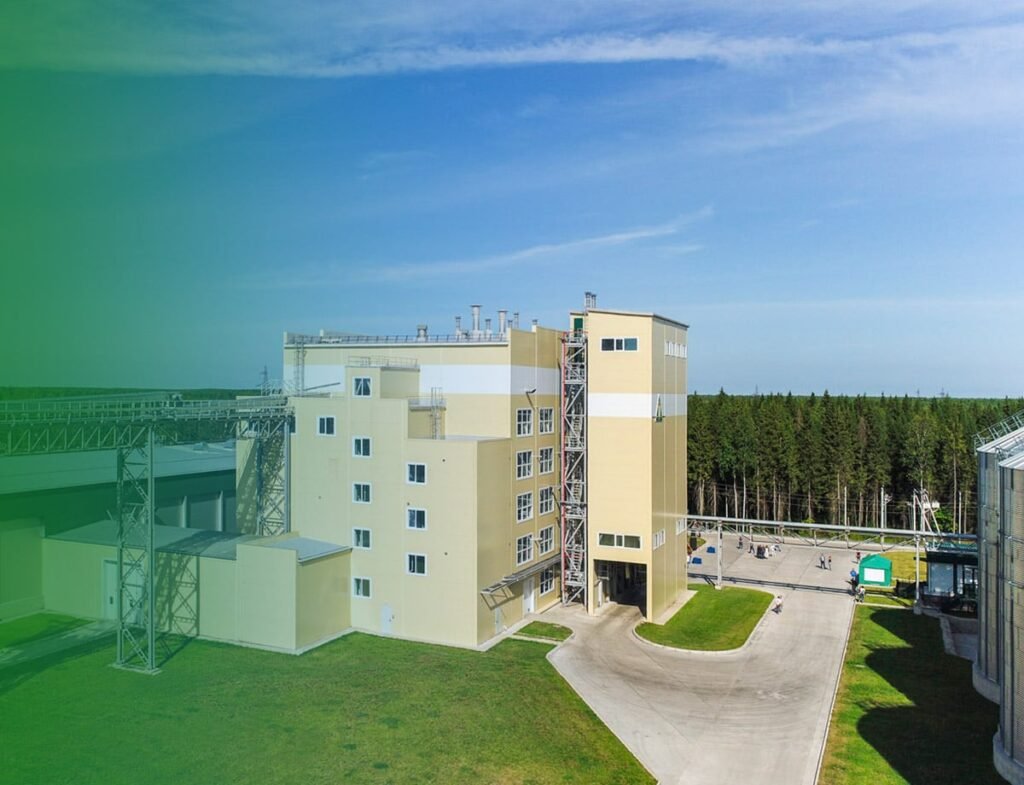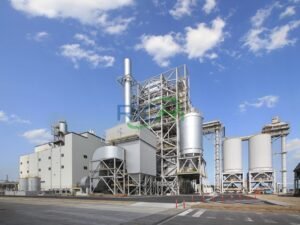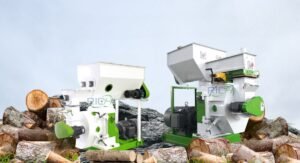
Ensuring consistent quality in every batch of premix feed is essential for maintaining the effectiveness of these products and supporting livestock health and productivity. Here’s a summary of the strategies and processes that premix feed mills implement to achieve batch-to-batch consistency:
1. Raw Material Quality Control
- Supplier Qualification:
- Rigorous vetting and regular audits of suppliers.
- Establishing long-term relationships with reliable sources.
- Incoming Material Inspection:
- Visual inspection and laboratory testing for nutrient content and purity.
- Quarantine of materials until quality is verified.
- Certificate of Analysis (COA) Review:
- Requiring COAs for all incoming ingredients and cross-checking with in-house testing results.
2. Standardized Formulations and Procedures
- Precise Formulation:
- Use of advanced formulation software and regular review of formulas.
- Standard Operating Procedures (SOPs):
- Detailed procedures for every production step and regular staff training.
- Batch Records:
- Maintaining detailed records of each batch, including all ingredients and quality checks.
3. Advanced Mixing Technology
- High-Precision Mixers:
- Use of state-of-the-art equipment with regular calibration and maintenance. (Related post: premix mixer machine)
- Sequencing and Flushing:
- Careful planning to minimize cross-contamination and thorough cleaning between batches.
- Micro-Ingredient Addition:
- Specialized systems for adding micro-ingredients, with double-checks by operators.

4. In-Process Quality Checks
- Real-Time Monitoring:
- In-line sensors for monitoring critical parameters and automated alerts for deviations.
- Sampling and Testing:
- Regular sampling during production with rapid analysis techniques for immediate feedback.
- Statistical Process Control:
- Use of statistical tools and control charts to monitor process stability.
5. Final Product Testing
- Nutrient Analysis:
- Comprehensive testing using advanced techniques (e.g., HPLC, ICP-MS).
- Homogeneity Testing:
- Analysis of multiple samples from each batch to ensure uniform ingredient distribution.
- Stability Testing:
- Accelerated studies and real-time monitoring of retained samples for shelf life.
6. Traceability and Recall Readiness
- Lot Tracking:
- Unique identification of each batch and tracking of raw materials used.
- Inventory Management:
- FIFO system and regular stock rotations.
- Mock Recalls:
- Periodic exercises to test traceability systems and improve recall procedures.
7. Environmental Controls
- Temperature and Humidity Control:
- Climate-controlled production areas and monitoring of conditions.
- Dust Control:
- Efficient dust collection systems and regular cleaning.
- Pest Management:
- Comprehensive pest management program with regular inspections.
8. Quality Management Systems
- ISO Certification:
- Implementation of ISO 9001 systems and regular audits.
- HACCP Implementation:
- Monitoring critical control points to identify and manage hazards.
- Employee Training and Competency:
- Comprehensive training programs and regular competency assessments.
9. Continuous Improvement
- Customer Feedback:
- Soliciting and analyzing feedback for quality improvement initiatives.
- Industry Benchmarking:
- Participation in benchmarking programs and adoption of best practices.
- Research and Development:
- Ongoing research into new ingredients and technologies.
10. Technology Integration
- Automation:
- Automated systems to reduce human error and robotics for repetitive tasks.
- Data Analytics:
- Collection and analysis of production data for trend identification and improvement.
- Blockchain Technology:
- Exploration for enhanced traceability and transparency.
Conclusion
The commitment to ensuring consistent quality in premix feed plant production involves meticulous attention to detail at every stage. By implementing rigorous quality control measures, leveraging advanced technologies, and fostering a culture of continuous improvement, premix feed mills can consistently deliver high-quality products that enhance livestock health and productivity.
As the animal nutrition industry evolves, premix feed mills must remain adaptable, refining their quality assurance processes to meet new challenges and opportunities. This dedication to quality not only ensures the effectiveness of premixes but also supports global food security and sustainable agriculture.
For details please contact: Richi machinery manufacture
WhatsApp:86 138 3838 9622
Email:enquiry@richipelletmachine.com






